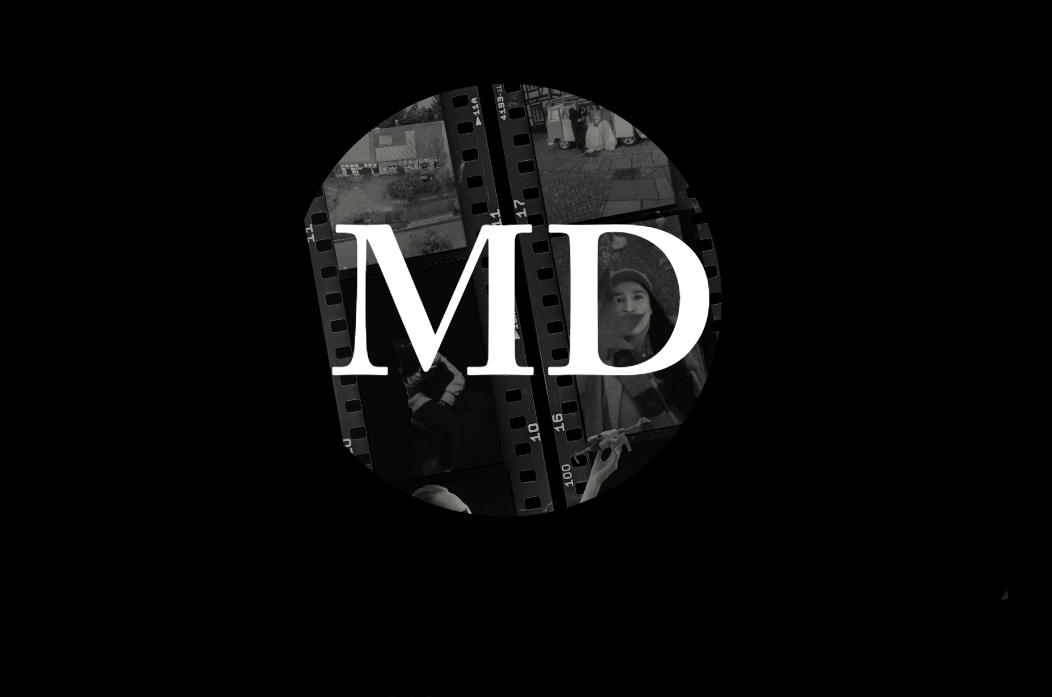1. Overview of Microphone Types for Video Production
When it comes to producing high-quality talking head videos, the choice of microphone can significantly impact the overall audio clarity and viewer engagement. In the realm of video production, three primary microphone types stand out for their distinct advantages: lavalier microphones, shotgun microphones, and condenser microphones. Each type serves a specific purpose, catering to different recording environments and styles.
Lavalier Microphones: Often referred to as lapel mics, lavalier microphones are small, clip-on devices that can be discreetly attached to a speaker's clothing. These microphones are ideal for interviews and on-the-go recordings, as they capture clear audio while allowing the subject to maintain freedom of movement. Their omnidirectional nature picks up sound from all directions, ensuring the speaker's voice remains the focal point, even in moderately noisy environments.
Shotgun Microphones: Renowned for their directional capabilities, shotgun microphones are designed to capture sound from a specific source while minimizing background noise. With a narrow pickup pattern, these mics excel in settings where focus is crucial, such as when filming in crowded areas or outdoors. Typically mounted on a boom pole or camera, shotgun microphones ensure that the speaker's voice is crisp and clear, making them a popular choice for filmmakers and content creators.
Condenser Microphones: For those seeking studio-quality sound, condenser microphones are an exceptional option. These mics are sensitive and can capture a wide range of frequencies, making them ideal for voiceovers and in-depth discussions. While they often require an audio interface or mixer, their ability to produce rich, warm tones is well worth the investment for serious video producers.
In summary, understanding the strengths and ideal use cases for these three microphone types—lavalier, shotgun, and condenser—will empower you to select the best audio solution for your talking head videos. By choosing the right microphone, you can enhance not only the sound quality but also the overall professionalism of your video production, ultimately leading to a more engaging viewing experience for your audience.
2. Wireless Lavalier Microphones: Benefits and Best Use Cases
Wireless lavalier microphones, often referred to as lapel mics, are a popular choice for creators producing talking head videos, and for good reason. These compact, clip-on microphones offer unparalleled convenience and mobility, allowing you to capture high-quality audio without the constraints of cords and cables. One of the standout benefits of wireless lavalier microphones is their ability to provide clear, professional sound while keeping the focus on the speaker. This unobtrusive design allows you to move naturally, whether you're standing, walking, or even engaging in demonstrations, making them ideal for interviews, presentations, and tutorial videos.
Another significant advantage of wireless lavalier mics is their versatility. Many models come with advanced features such as adjustable gain control and noise cancellation, ensuring that your audio is crisp and free from unwanted background noise. This is especially important in dynamic environments where sound quality can be unpredictable. Moreover, the wireless aspect means you can position the microphone closer to the sound source, reducing the chances of capturing ambient sounds that may detract from your message.
When it comes to the best use cases for wireless lavalier microphones, think of scenarios where interaction and movement are key. They shine in one-on-one interviews, where a close, personal touch is desired, as well as in corporate videos, where presenters often need to engage with other subjects or visual aids. They are also invaluable for event coverage, such as weddings or conferences, where speakers may need to move around the venue while maintaining strong audio capture.
In conclusion, if you're looking to elevate the production quality of your talking head videos, investing in a wireless lavalier microphone can greatly enhance your audio experience. Its combination of convenience, clarity, and versatility makes it an essential tool for any content creator aiming to deliver polished and professional video content.
3. Shotgun Microphones: Advantages and Ideal Scenarios
Shotgun microphones are a popular choice for creators producing talking head videos, thanks to their highly directional pickup pattern that captures audio with impressive clarity while minimizing background noise. These microphones feature a long, narrow design, which allows them to focus on sound coming from the front while rejecting sounds from the sides and rear. This characteristic makes them ideal for noisy environments, ensuring that the speaker’s voice remains the primary focus of the recording.
One of the key advantages of shotgun microphones is their versatility. They can be mounted on cameras, boom poles, or even handheld, making them suitable for a range of filming scenarios. For instance, if you’re shooting interviews outdoors where wind and ambient noise are prevalent, a shotgun mic can isolate the subject’s voice effectively, creating a clean audio track. Similarly, in studio settings, using a shotgun microphone can help maintain a professional sound quality while allowing the speaker to move freely within the frame.
Another compelling reason to consider a shotgun microphone is its ability to capture ambient sound when needed. By slightly adjusting the mic's positioning, you can incorporate the surrounding audio atmosphere, enhancing the overall production value of your video. This feature is particularly beneficial for travel vlogs or storytelling segments where context and environment are crucial to the narrative.
In summary, shotgun microphones are an excellent choice for talking head videos, especially in dynamic environments where sound clarity is paramount. Whether you’re shooting a scripted tutorial, conducting an interview, or capturing spontaneous moments, investing in a quality shotgun mic will elevate your audio game, ensuring that your audience remains engaged and focused on your message.
4. USB Microphones: Features and Recommendations
